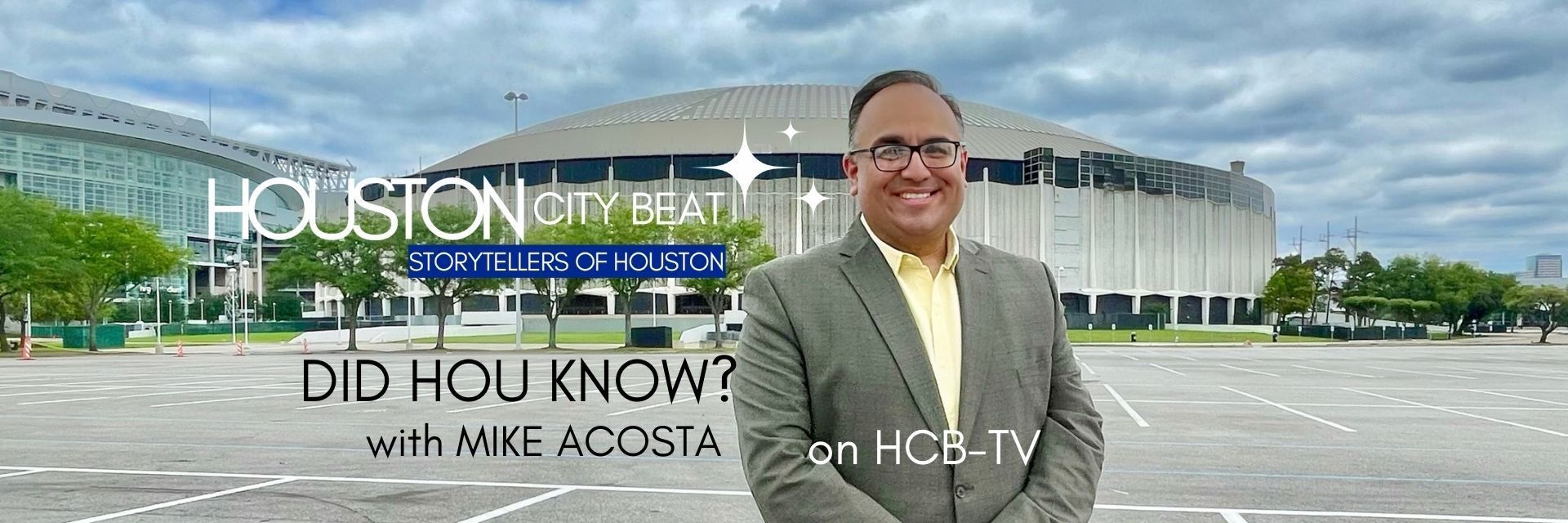Editorial
In May 1980, the union representing ballplayers, the Major League Baseball Players Association (MLBPA), let Major League Baseball (MLB) know that they would strike unless their demands were met in a new collective bargaining agreement (CBA).
The strike was averted just before Memorial Day when the league made MLBPA the following offer: call off your strike and we’ll reward your rank and file by lowering the eligibility rules a player needs to be vested into the pension plan from four years to just 43 days of service credit on a MLB roster.
The problem with reducing the time you needed to be eligible for a pension was that this agreement didn’t retroactively include the pre-1980 players like Humble’s David Clyde, who played for the Texas Rangers, and Sugar Land’s Scipio Spinks, who once pitched for the Houston Astros and who is now the head baseball coach at the University of Houston - Downtown.
So for the last 45 years, all any post 1980 player has needed to be eligible for a pension is 43 game days of service on an MLB roster. For instance, 22-year-old Cam Smith? He made the Astros on March 25th and debuted against the New York Mets two days later. So in six weeks, on or about May 15 th , he’ll be automatically vested for a pension.
It took 32 years for the union and the league to agree to do something to remedy this reprehensible situation. In April 2012, the league and the union announced that the men like David and Scipio would begin receiving annual stipends based on a formula that was concocted by an actuary.
The payments these men receive are paid out of the Competitive Balance Tax, which is slapped on a team whenever they exceed the agreed upon payroll threshold ceiling.
For example, the New York Mets' payroll for the 2024 season was $333.3 million; as a result, the team was hit with a luxury tax bill of $97.1 million.
Beginning in 2012, each affected pre-1980 player began receiving $625 for every 43 games of service credit he had accrued, up to $10,000. In 2022, that formula was adjusted by 15 percent.
So now David and Scipio each receive a whopping $718.75 for every 43 game days they had on a roster, up to $11,500 a year.
Meanwhile, a vested retiree can receive up to $275,000 a year, according to the IRS. And the minimum salary this year rose to $760,000.
Does that sound fair to you?
Listen, I’m a pro-union man. Unions advocate for all the hard-working men and women, and their families, in this country. Unions support us working stiffs.
But in my opinion, the MLBPA is stiffing the pre-1980 players like David and Scipio, who both appeared with me on March 28th at a special discussion about this blight on the national pastime at the Houston Public Library.
According to ESPN, the average MLB salary was $4.66 million last year, which was 2.9 percent more than the year before.
Even the staff at the union is making out like gangbusters. MLBPA executive director Tony Clark received a total compensation package of $4.25 million in 2023, according to the Associated Press.
The union’s 2016 IRS filing – which I found online – showed that 72 employees were paid $16 million in that calendar year.
In my opinion, today’s players and union leaders, including Mr. Clark and his players’ pension liaison, the onetime Montreal Expos pitcher Steve Rogers – who was the National League Players Representative who signed off on this odious deal when the 1980 strike was averted -- are getting fat at the expense of men who walked picket lines and went without paychecks all so that someone like Juan Soto could sign a $765 million contract to play baseball for the Mets.
And you know what? Good for Juan. The more money today’s players can get for themselves the better.
But let’s have a little healthy respect for the players who came before Juan or Christian Walker, who signed a $60 million free agent contract to play with the Astros for the next three seasons.
There are approximately 510 of these pre-1980 players still living. Besides Clyde and Spinks, they include men such as Richmond’s Jerry Lee Tabb, who was drafted with the 16 th pick in the first round of the 1973 amateur draft by the Chicago Cubs.
Aaron Pointer is also being taken advantage of. A member of the Houston Colt 45s in 1963 who later played for the Astros in 1966 and 1967, Aaron is one of two individuals to last hit .400 in professional baseball. But more than that, Aaron Pointer is an NAACP winner who became the first African American referee in the PAC -10.
Let us also have respect for the families of these men. Because when they go to that great baseball diamond in the sky, their widows, children or whomever they select to be their designated beneficiaries will no longer get the annual bone they’re being thrown. That’s ‘cause it’s technically not a pension: they’re receiving what is known as a nonqualified retirement annuity.
Women like Patty Hilton know all too well what this feels like. Her husband, Dave, who played for the San Diego Padres, died in 2017. Born in Uvalde, he attended Jesse Jones High School and later Rice University.
When Dave Hilton died, that payment died with him.
“MLBPA is a soul crushing organization,” said Patty after Dave died.
The union can still right this wrong. In a 2007 post entitled “Pension Benefits For Retired Pro Athletes ,” Marc Eisenberg wrote the following in his blog , The Money Players:
“Fighting for former players sets an important precedent for future generations of professional athletes: players take care of their own.”
Douglas J. Gladstone authored the book, A Bitter Cup of Coffee: How MLB & The Players Association Threw 874 Retirees a Curve









